Enamel PF-133: characteristics, consumption and application rules
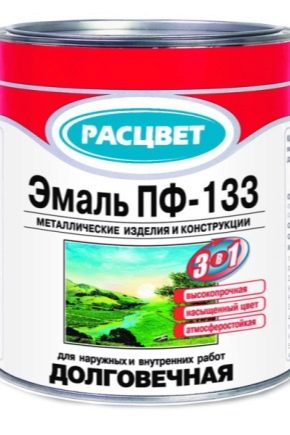
Painting is not an easy process. Much attention should be paid to what the surface will be covered with. The building materials market offers a wide range of paints and varnishes. This article will focus on PF-133 enamel.

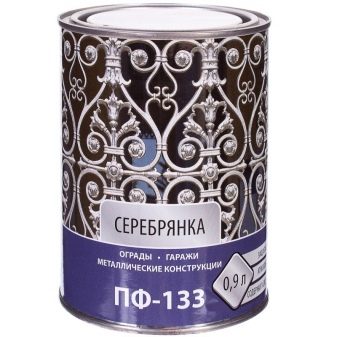
Main characteristics and scope
Any paint and varnish material must have a certificate of conformity. PF-133 enamel paint corresponds to GOST 926-82.
When buying, be sure to ask the seller for this document.
This will give you confidence that you are purchasing quality and reliable products. Otherwise, you risk not getting what you wanted. This will not only ruin the result of the work, but can also be hazardous to health.
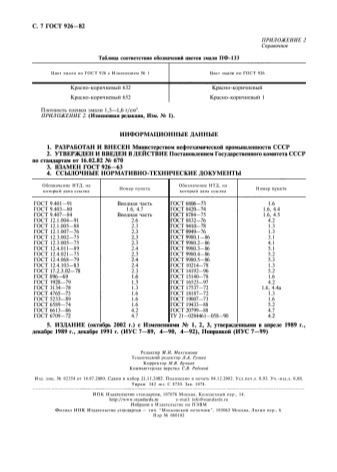
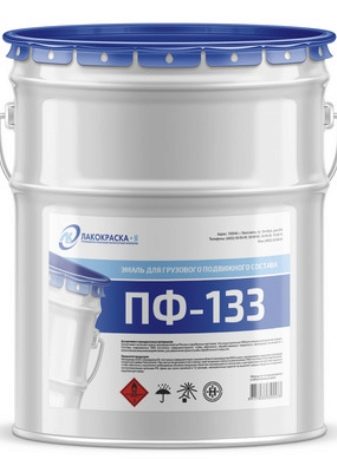
Enamel of this class is a mixture of colorants and fillers in an alkyd varnish. Additionally, organic solvents are added to the composition. Other additives are allowed.

Specifications:
- appearance after complete drying - a homogeneous even film;
- the presence of gloss - 50%;
- the presence of non-volatile substances - from 45 to 70%;
- drying time at a temperature of 22-25 degrees is at least 24 hours.
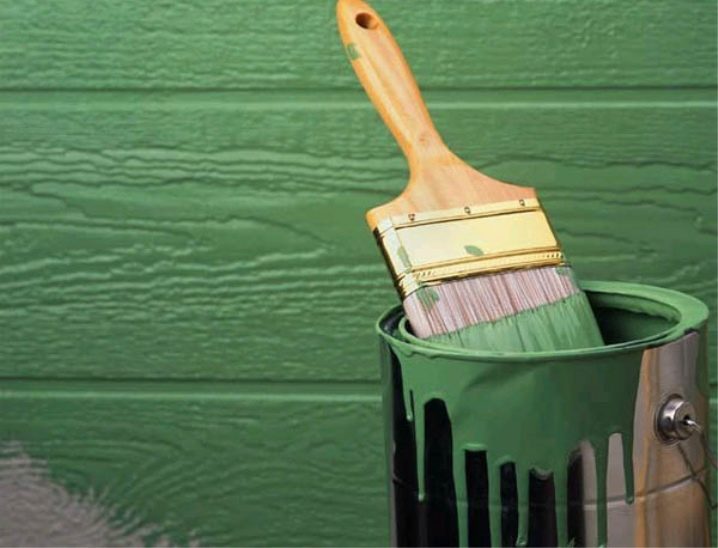
Considering the above characteristics, we can say that the material is not suitable for all types of surfaces. Most often, this paint is used to cover metal and wood products. The enamel is perfect for painting wagons, containers for cargo transportation.
It is prohibited to use the material as a coating on refrigerated wagons, as well as on agricultural machinery that is exposed to climatic influences.

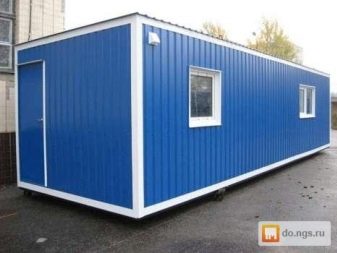
It is worth highlighting such a feature of enamel as resistance to variable climates. Also, the paint is not afraid of exposure to oil solutions and detergents. The enamel applied according to the rules has an average life of 3 years. This is a fairly long period, given that the paint can withstand temperature changes, and is also not afraid of rain and snow.
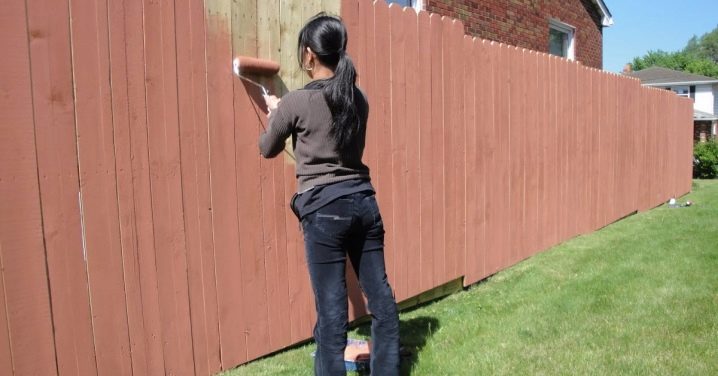
Surface preparation
The surface to be coated with enamel must be carefully prepared. This will maximize the life of the paint.
Preparation of metal surfaces:
- the metal must be free from rust, impurities and have a homogeneous structure to shine;
- to level the surface, use a primer. It can be a primer for metal of the PF or GF class;
- if the metal coating has a perfectly flat surface, then the paint can be applied immediately.
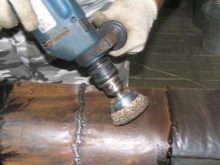

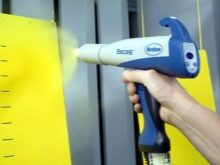
Preparation of wood flooring:
- The first thing to do is determine if the wood has been previously painted. If yes, then it is better to remove the old paint completely, and clean the surface of grease and dirt.
- Carry out processing with sandpaper, and then thoroughly vacuum from dust.
- If the tree is new, then it is better to use drying oil. This will help the paint to lie smoother and also provide extra adhesion to the materials.
Experts advise not to use aggressive solvents, alcohol solutions and gasoline for surface degreasing.
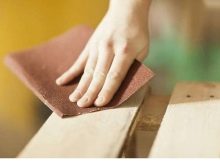
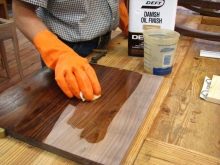

Application process
Applying paint to a surface is not a difficult process, but it is important to take it seriously. Stir the paint thoroughly before starting work. It should be uniform. If the composition is very thick, then before use, the paint is diluted, but not more than 20% of the total mass of the composition.
Enamel can be applied at an air temperature of at least 7 and not more than 35 degrees. Air humidity should not exceed the threshold of 80%.
Layers must be applied at intervals of at least 24 hours at an air temperature of +25 degrees. But surface drying is also possible at 28 degrees. In this case, the waiting time is reduced to two hours.
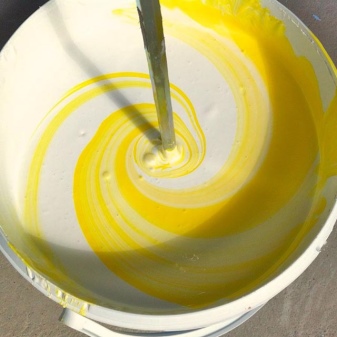
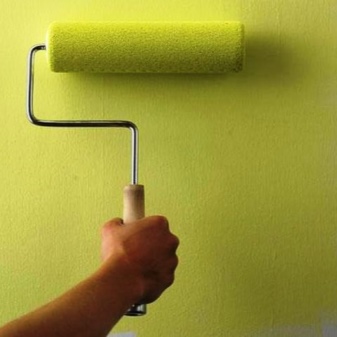
Surface painting can be done in several ways:
- brush;
- using a spray gun - airless and pneumatic;
- jet pouring of the surface;
- using electrostatic spraying.
The density of the applied layer depends on which method you choose. The denser the layer, the less their number will be.
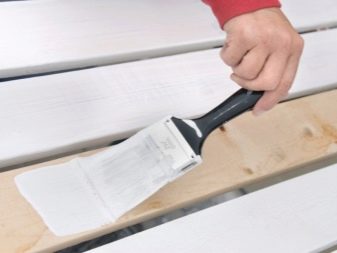
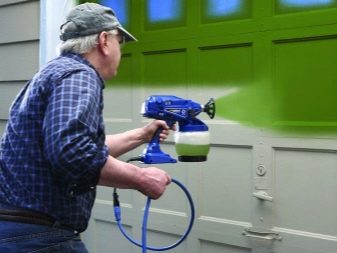
Consumption
Enamel consumption depends on what surface is processed, what is used for applying paint, temperature conditions. Also important is how diluted the composition is.
For spraying, the paint must be thinned with white spirit. The mass of the solvent should not exceed 10% of the total mass of the paint.
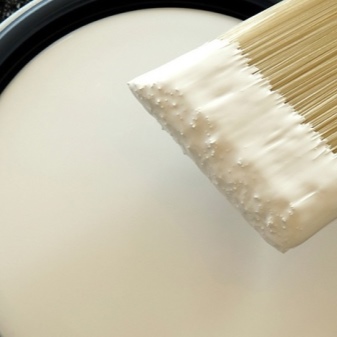
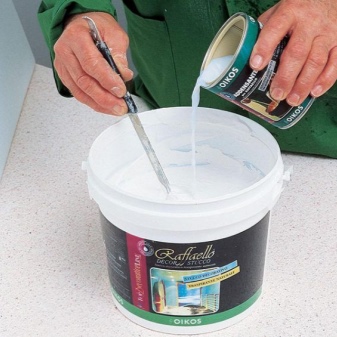
If painting is done with a roller or a brush, then the amount of solvent is halved, and the composition itself will be denser and smoother on the surface.
The recommended thickness of one layer is 20-45 microns, the number of layers is 2-3. Average paint consumption per 1 m2 is from 50 to 120 grams.
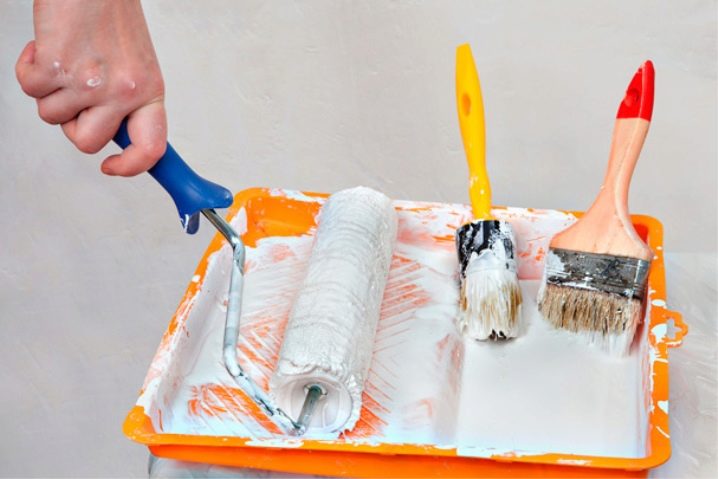
Security measures
Do not forget about security measures. Enamel PF-133 refers to combustible materials, so do not perform any actions near sources of fire.
Work must be done in a well-ventilated area in rubber gloves and a respirator. It is important to avoid contact with the skin and respiratory system. Store the paint in a cool, dark place, away from children.
If you follow all the above rules of use, you will get a result that will last you a long time.
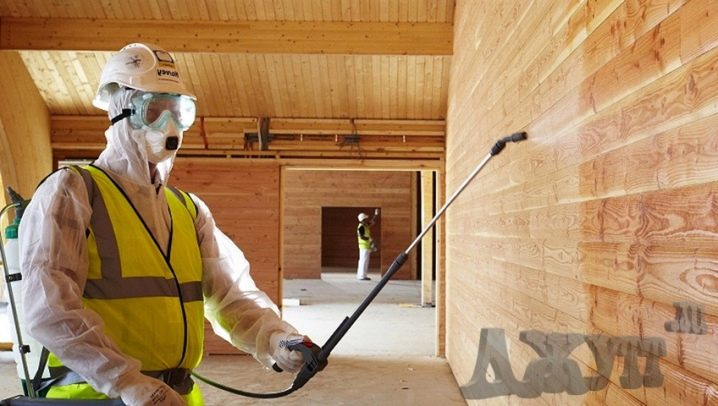
An overview of the enamel lining PF-133 can be seen in the video below.













The comment was sent successfully.